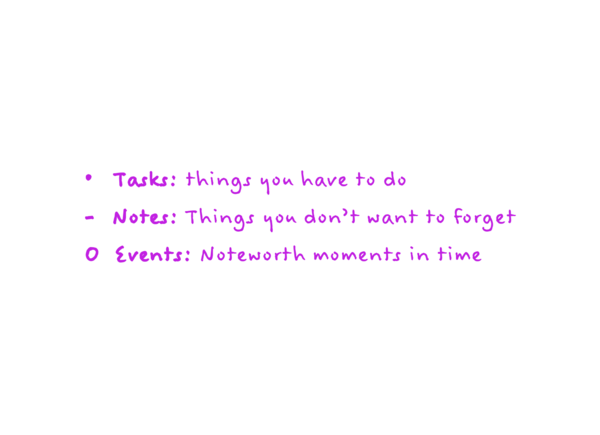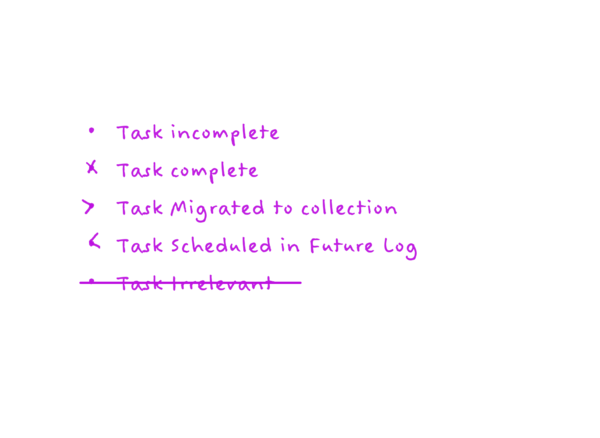As a painfully disorganized person, the most helpful tool I’ve found to keep up with my professional (and personal) life has been my bullet journal. It’s something I started doing in college to keep track of assignments, goals, and my mental health that has grown into one of my favorite professional tools and hobbies. Despite growing up with the internet and technology, I’m still dedicated to the pen and paper method of organization. So despite all the fun online tools there are for keeping track of things I need to do, bullet journaling is the only thing I’ve been able to make work for me.
Okay technophobe, what is a Bullet Journal?
View this post on Instagram
The bullet journal started as an idea of how to easily and quickly keep track of notes and things to do, and blew up into a huge community. Perhaps my favorite aspect of bullet journaling is that: your bullet journal is whatever you want it to be. I use mine as an endlessly customizable planner that I draw every Sunday to gear up for the week. It has my to do lists, my appointments, and my reminders. I also use it to track more personal things like how much water I’m drinking or whether or not I ate dessert that day. But some people use it as a place for drawings, lists, a diary, etc.
Are there rules?
View this post on Instagram
Yes and no! There is a bullet journal style guide (which I will get into) but it’s not like the bullet journal police are going to come arrest you and throw you in bullet journal jail. Do whatever you want!
The bullet journal style assigns specific meaning to symbols or “bullets”:

Within these three marks, there are specific symbols that relate to “tasks”:

Alright so what does all that mean? “Migrated” is what happens when you had something on your planner for Tuesday but you needed to move it to Thursday. The migrated symbol helps signify that this isn’t done, it has just been moved. The “scheduled” symbol is typically for long term logs (more on that below) when you have a long to-do list with several things to schedule in the future. This symbol denotes that it has been scheduled. There are many more symbols that are explained on the original bullet journal website, but these are typically considered universal basics.
The style guide also suggests standard pages that “should” go in your bullet journal:
Index: a table of contents that you update as you go
Daily Log: things you did and/or need to do today (+ other observations)
Monthly Log: traditional month calendar, things you need to do that month and things you forgot to do last month
Future Log: year-at-a-glance calendar where you can put events, goals, and long-term things you need to do
You can also add habit trackers, lists, other calendars, doodle pages, and anything your heart desires. For ideas, r/bulletjournal is a great resource or you can search #bujo on Instagram.
What do I need to start my own?
View this post on Instagram
Any journal will do! Fellow bullet journalers suggest a medium sized journal because if it’s too big you won’t want to carry it around with you but if it’s too small you’ll run out of room fast. The fan favorite, and the one I use, is the Leuchtturm 1917. It’s lightweight, the pages are already numbered, and the paper holds up against bleeding through. As far as pens go, I recommend something fine tipped for easy drawing and writing. If you want to be more creative about it, there are plenty of fun markers, stamps, washi tape, stencils and stickers out there to decorate your journal freely. Go wild!
Hopefully this helps you on not only your bullet journal journey and but on becoming a more organized professional! If you want to read about more of my favorite things like social media, read my other blogs here.
